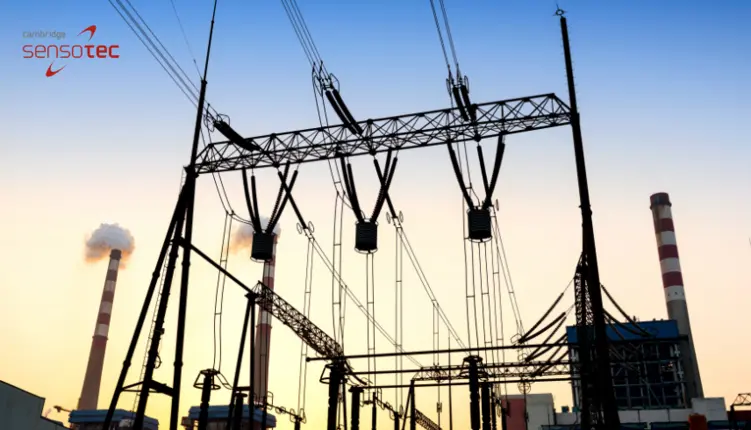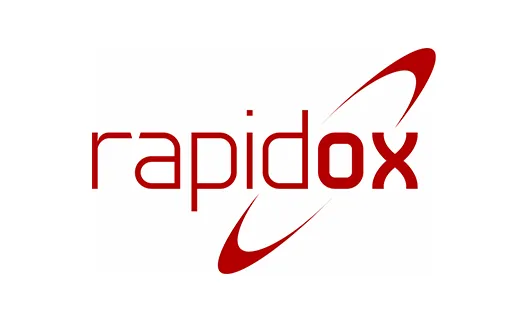
Electrical switchgear plays an indispensable role in the regulated distribution and management of electrical power in an array of environments, be it residential, commercial, or industrial. At the heart of these switchgear operations is the use of SF6 or sulphur hexafluoride, a highly potent greenhouse gas. Understanding the significance and roles of SF6 gas analysis becomes paramount in maintaining safety and optimising the efficiency of electrical switchgear operations.
The Role of Electrical Switchgear
Before diving deep into SF6 analysis, it’s crucial to establish an understanding of the importance of electrical switchgear. Acting as a pivotal component in electrical systems, switchgear functions as a protector and controller of electrical power. By managing electrical interruptions, switchgear prevents potential catastrophes resulting from electrical malfunctions.
Electrical switchgear is primarily utilised to turn on or off electric circuits, and to tap onto secondary circuits, making them a cornerstone of electrical operations in numerous settings. From power plants to manufacturing facilities, the efficiency and safety of these operations heavily depend on the flawless functioning of switchgear units.
SF6: The Go-To Gas for Switchgear Operations
SF6, sulphur hexafluoride, boasts properties that make it highly desirable in the electrical industry. A colourless, odourless, and non-toxic gas, SF6 is highly stable, granting it excellent insulating properties and making it particularly well-suited for electrical applications.
- High Dielectric Strength: One of the standout qualities of SF6 is its high dielectric strength. This property allows SF6 gas to prevent electrical discharge and the subsequent potential mishaps associated with it.
- Arc Quenching: Electrical arcs can be damaging and dangerous, but SF6 helps in quenching and suppressing these arcs, ensuring the safety of electrical switchgear operations.
However, with these advantages comes a notable caveat. SF6 is a potent greenhouse gas, with a global warming potential that is 23,500 times more potent than CO2. Thus, handling and management of this gas, especially in terms of leaks and emissions, become a major environmental concern.
The Imperative of SF6 Gas Analysis
Given SF6’s environmental implications, rigorous gas analysis becomes pivotal. This analysis not only ensures safety during electrical switchgear operations but also aligns operations with environmental regulations and standards.
- Detection of Impurities: Over time, SF6 gas can undergo decomposition due to the presence of impurities. Proper gas analysis can identify such impurities, which may affect the performance and safety of switchgear operations.
- Monitoring Gas Pressure: The pressure of SF6 gas should be kept consistent within switchgear equipment. Variations in pressure can indicate leaks, which can be detrimental both from a safety and environmental standpoint.
The Environmental Considerations
While SF6 provides efficiency and reliability to electrical switchgear operations, its potential environmental harm necessitates actions to mitigate its impact.
- Emission Monitoring: Regular analysis of SF6 gas ensures that its emissions are kept to a minimum. This not only helps in environmental conservation but also aligns industries with regulatory compliance.
- Recycling and Reuse: The emphasis on a circular economy makes the recycling and reuse of SF6 crucial. Proper gas analysis can ensure that the recovered SF6 meets the required standards for reuse.
The role of SF6 in electrical switchgear operations cannot be understated. As a premier insulating gas, its use ensures the efficiency and safety of a multitude of electrical operations. However, with its environmental ramifications, the importance of thorough and regular SF6 gas analysis becomes even more pressing. Whether it’s for operational safety, environmental considerations, or regulatory compliance, staying ahead with SF6 gas analysis is vital for modern electrical switchgear operations.
Technological Advances in SF6 Analysis
As the importance of SF6 gas analysis is acknowledged, innovations and advancements in technology have paved the way for more accurate, efficient, and environmentally-friendly analysis methods. Sophisticated instruments and software have been developed to detect even the slightest amount of SF6, ensuring no leak goes unnoticed.
- Sensors and Detectors: Advancements in sensor technology have made it possible to detect SF6 at incredibly low levels, thereby helping to prevent any potential harmful effects before they can occur. These sensors provide real-time information, which is crucial for immediate response.
- Remote Monitoring: The advent of remote monitoring technologies has enabled operators to supervise the conditions of the electrical switchgear from a distance, thus enhancing safety protocols. This also allows for timely intervention in case of anomalies, thus preventing potential accidents and reducing downtime.
Compliance with Regulations
The environmental impact of SF6 has led to the imposition of stringent regulations regarding its use, handling, and disposal. Adherence to these regulations is not just a matter of legal compliance but also serves to protect the environment and human health.
- Regular Audits: Conducting regular audits ensures that the handling and usage of SF6 comply with the relevant regulations. This involves checking for leaks, measuring gas concentrations, and assessing the performance of switchgear.
- Certification and Training: Personnel dealing with SF6 must be adequately trained and certified. This is vital to ensure proper handling, usage, and disposal of the gas, thus preventing accidental leaks and ensuring safety in electrical switchgear operations.
Mitigating Risks and Ensuring Safety
Ensuring the safety of electrical switchgear operations is not just about preventing accidents, but also about mitigating risks. By predicting potential issues and addressing them proactively, businesses can safeguard their assets and personnel.
- Maintenance and Upkeep: Regular maintenance of the switchgear and the associated equipment is crucial. This includes checking for wear and tear, cleaning, and replacing damaged parts, all aimed at preventing any malfunctions that might lead to accidents.
- Emergency Protocols: Having robust emergency protocols in place is essential. These protocols should be well-documented, regularly updated, and practised to ensure preparedness in case of an unforeseen incident.
Case Studies: Success Stories in SF6 Analysis
Several organisations have successfully implemented SF6 analysis to optimise the performance and safety of their electrical switchgear operations. These success stories serve as a testament to the benefits of proactive SF6 gas analysis and the importance of adhering to safety protocols and environmental regulations.
The European Union’s SF6 Regulation
To combat the environmental impact of SF6, the European Union has established strict regulations. As part of the EU’s F-gas Regulation, companies are required to monitor the amount of SF6 emissions and take measures to reduce them. One example can be seen with Siemens, an industry giant in the energy and automation sectors.
Siemens and SF6 Reduction:
Siemens has long been aware of SF6’s potential environmental impact. They have adopted a phased approach to reduce the use of SF6 in their products. In particular, Siemens developed an SF6-free gas-insulated switchgear for medium voltage networks up to 12 kV. The use of Clean Air – a natural, climate-neutral mixture of air – as the insulating medium, instead of SF6, has made this innovation possible. By 2025, Siemens aims to deliver all their switchgears in the medium-voltage range completely SF6-free.
This showcases the industry’s proactive approach to meeting regulatory requirements, aligning with environmental considerations, and paving the way for more sustainable practices in electrical switchgear operations.
Conclusion
SF6 gas analysis stands as a cornerstone in ensuring the safety, reliability, and environmental compatibility of electrical switchgear operations. With the evolving regulatory landscape and the advancement of technology, organisations must stay vigilant, adopting best practices and leveraging innovations. By doing so, they not only contribute to a sustainable future but also ensure the uninterrupted, efficient operation of their electrical infrastructure, ultimately delivering optimal performance and value.
As we further explore and delve into the complexities of electrical switchgear and SF6 gas analysis, it becomes increasingly evident that a harmonious balance between operational excellence and environmental responsibility is not just an aspiration but an attainable reality.
When you deal with electrical switchgear, you intertwine safety and efficiency, with SF6 gas analysis binding them. Stay informed, prepare well, and take proactive steps to ensure our interconnected world functions harmoniously.
